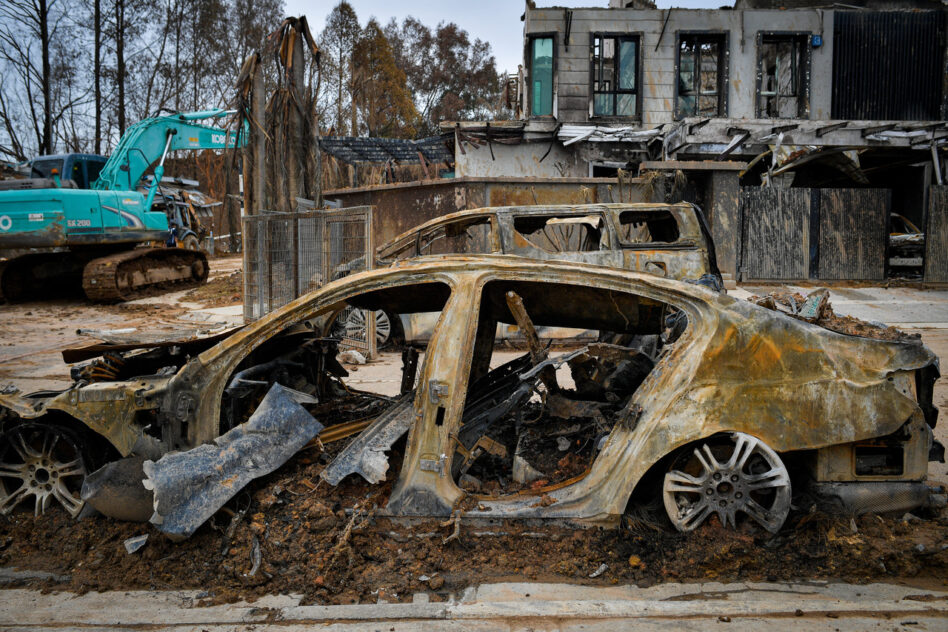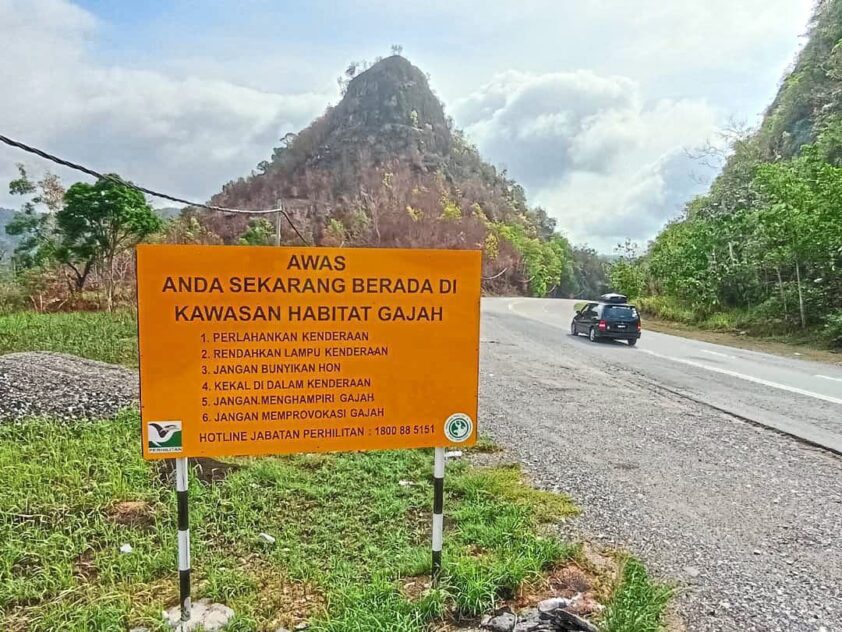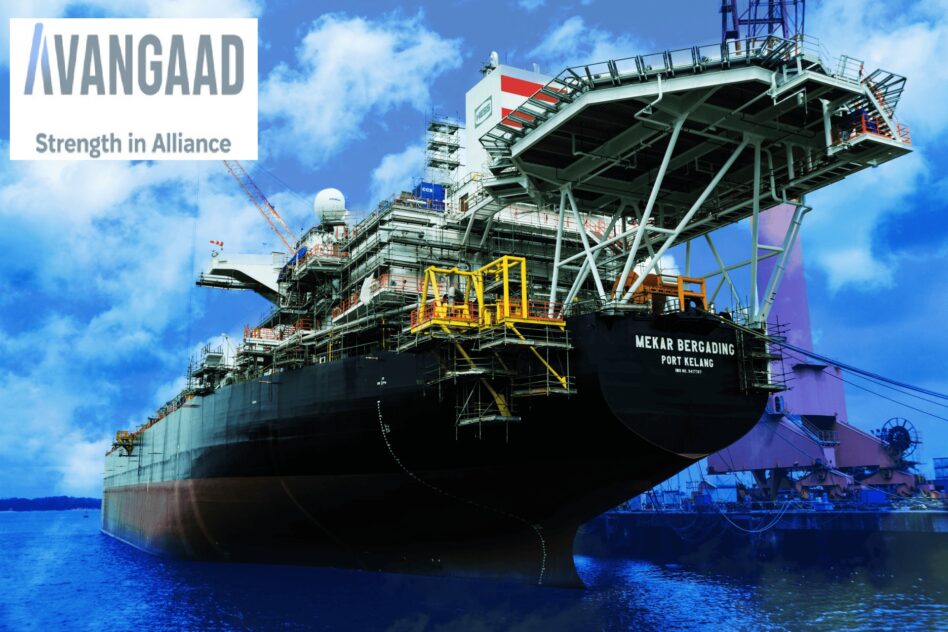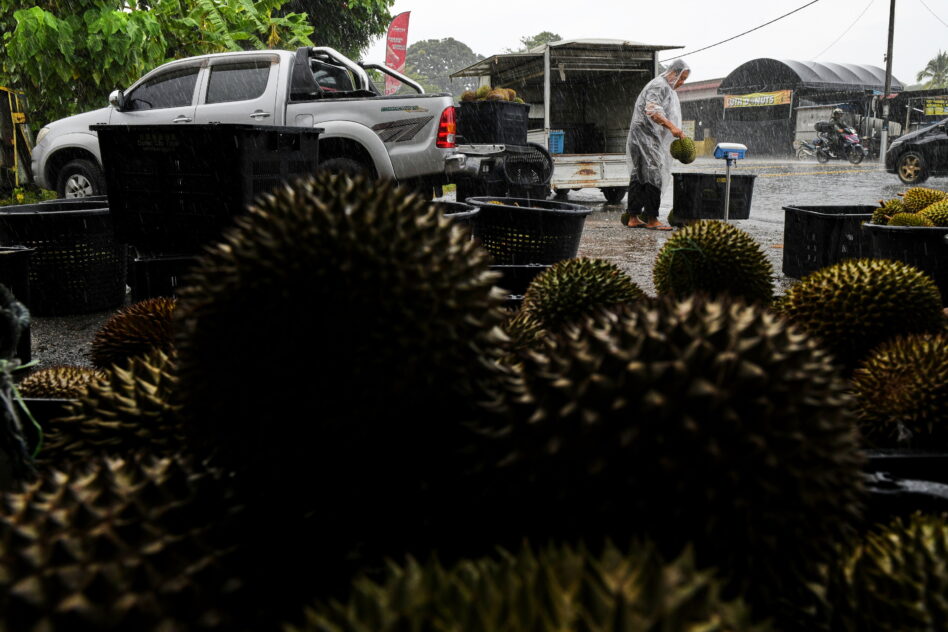Letter to Editor
I AM a final-year university student from Terengganu currently completing my internship in Kuala Lumpur. Like many others, I was shaken by the tragic pipeline explosion in Putra Heights.
Though I live far from the epicentre, the images, news reports, and emotional testimonies of affected residents have followed me each day. The tragedy has stayed with me, not just because of its scale, but because of what it revealed.
First, my heart goes out to the families whose homes were damaged or destroyed, whose daily lives were turned upside down in an instant.
No one should have to experience that kind of fear or displacement. The footage circulating on social media was haunting, and the ripple effects are still being felt. No words are ever enough.
Yet as a young person watching the story unfold, what concerns me just as much as the damage done is how quickly blame began to circulate. In our digital age, every incident is followed by a storm of speculation.
Self-proclaimed “experts” emerge overnight. Rumours drown facts. And worst of all, entire narratives are crafted before investigations even begin.
I made a conscious decision not to join the noise. Instead, I tried to follow the developments through official updates, government statements, and well-sourced journalism.
It was through that process that one particular fact stood out to me: the pipeline that ruptured was laid over 30 years ago—long before any residential or commercial development encroached upon its corridor.
That detail alone struck me hard. As a layperson with no engineering background, I can’t speak to the technical cause of the explosion. But as someone with common sense, I found myself staring at maps and videos and asking: How could developments have been approved so close to such critical infrastructure?
The proximity was disturbing. Side-by-side images showed homes, car parks, and access roads crowding the area surrounding the pipeline. In some visuals, it felt like the pipeline was almost part of the neighbourhood.
I couldn’t help but wonder: where were the safeguards? Was there no minimum safety buffer? No enforcement mechanism to ensure that land use decisions did not compromise a national utility asset—or worse, put lives at risk?

It raised a troubling question that few seem willing to ask out loud: Who approved all these developments at such close proximity to gas pipelines which had been there way before?
I’m not writing this to blame any one party. That’s the job of investigators and regulators. But as a citizen and future professional, I believe we must begin confronting what I would term “the Missing Link.”
The blast has exposed more than just a pipeline—it has uncovered possible gaps in planning, zoning, enforcement, and inter-agency accountability.
The pipeline was not new. It didn’t suddenly appear. It had been there for decades. Yet the structures and developments mushrooming around it seemed to disregard that fact completely.
This isn’t just an infrastructure issue. It’s a governance issue. It’s a question of how we approve, monitor, and manage development in relation to safety-critical assets.
Why weren’t stronger development control guidelines in place? Why wasn’t the pipeline corridor treated with the same caution as a high-voltage transmission line or a railway? Why was it possible, legally or otherwise, for homes to be built so close to a live gas artery?
We need to stop treating tragedies like isolated events. They are often the visible consequence of invisible failures. This incident should force us to re-examine how different authorities, local, state, federal, coordinate (or fail to) on land use and infrastructure protection.
As someone who will inherit the outcomes of today’s policies, I worry about what other “missing links” exist elsewhere—near other pipelines, reservoirs, floodplains or utility corridors. We can’t afford to be reactive anymore. Prevention doesn’t make headlines, but it saves lives.
This is not just about Putra Heights. It’s about how we build trust between systems and citizens. That trust is only possible when accountability is visible, and responsibility is shared. Not just by operators, but by planners, regulators, and developers alike.
Let this not be another tragedy that fades from the public mind once the flames are extinguished and the media turns the page. Let it be the moment we collectively say: “Never this close again.”
Because public safety should never be negotiable. And silence must never be the buffer zone. – May 22, 2025
Terengganu-born, Selangor-based,
Putra Heights
The views expressed are solely of the author and do not necessarily reflect those of Focus Malaysia.
Main image: Bernama









